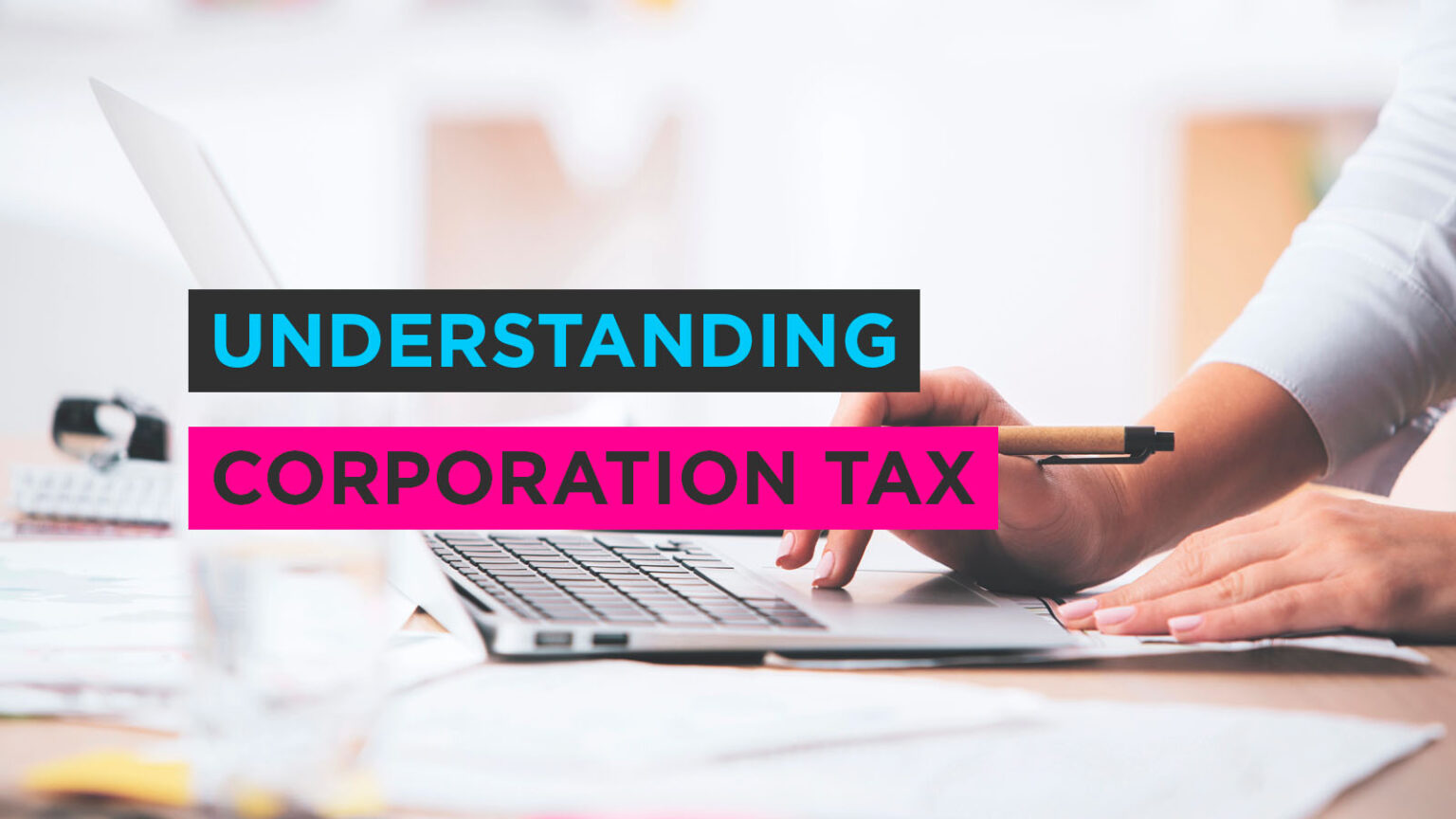
Corporation tax is a tax that’s levied on your company’s profits.
When you operate you business through a limited company, that company is considered to be a separate entity from you as an individual. Among other things, this means you have to pay corporation tax (CT) on your company’s profits.
But how does CT work? And what do you have to pay?
Paying your taxes is one of your key responsibilities as a new company, but it’s important to understand what’s required and how the CT process works.
When you form a company, HM Revenue & Customs (HMRC) will issue you with a 10-digit Unique Taxpayer Reference (UTR). Within three months of you starting to trade, you’ll also need to advise HMRC that you have begun trading, the date you started and the date up to which you intend to produce your company accounts.
HMRC will send you a notice to complete a tax return. If your first accounting period is longer than 12 months, two returns will be required – no single return can cover more than 12 months. Unless you change your period end, after the first one, each accounting period is generally exactly 12 months long.
Each year, the company has to prepare a CT return, giving details of your profits and calculating the tax that’s payable.
The starting point is generally the profit shown in the company’s annual accounts. This is adjusted by adding back expenses which aren’t allowable for tax, and deducting costs which are allowable against tax but are not treated as an expense in the accounts.
Although there can be numerous adjustments between ‘accounting profit’ and ‘taxable profit’ the most common ones are to do with:
When you buy things like plant and machinery, vehicles and computer equipment, these are shown in the company accounts as ‘fixed assets’, and the cost charged against profits over a number of years, equal to their anticipated life. The charge against profits is called depreciation.
Although depreciation appears as a line item in the company’s profit and loss account, it isn’t allowed when calculating tax, so the depreciation charge is added back. In its place, capital allowances, writing-down allowances and annual investment allowances may be claimed. The rates of these depend on the type of asset and can vary from year to year.
In many cases, this means that in the year when you purchase fixed assets, even though they may be depreciated over a number of years, the whole of the cost can be deducted from profits.
As an example of how this works, if you buy a van costing £20,000 for work purposes that you expect to last for 5 years before being scrapped, each year you will make a depreciation provision against profits of £4,000. For tax purposes the £4,000 charges aren’t allowed but, in most situations,, you can take £20,000 off your taxable profits in the first year instead. And you can do that even if you’re buying the van on hire purchase, where you haven’t yet paid for the van in full! (please note that the business needs to be the owner of the asset to add it to their assets, please talk to your accountant to make sure you are taking your personal situation into account)
Although, in most cases, entertaining customers or prospective customers is a perfectly reasonable business expense, for tax purposes the cost incurred is added back to your profits.
Because of this, it’s not allowed as a deduction when calculating your tax charge. It doesn’t mean you shouldn’t do it, or that it’s considered to be illegitimate in some way, it’s just not permitted as a cost when calculating corporation tax.
When your company spends money on R&D activities, the cost that is deducted for calculating taxable profits can be up to £230 for every £100 actually spent.
To qualify for this enhanced deduction, the R&D activities have to be aimed at resolving scientific or technological uncertainties’ that couldn’t be easily resolved by a professional working in the field. Even if your activity failed to resolve the issue, it still counts for the purposes of the scheme. So, if you’re in the process of carrying out R&D work, it makes great sense to claim any available R&D allowance. This is a very specialist area and there has been a lot of scrutiny from HMRC recently so you need to make sure that you use a reputable R&D specialist to work on this claim.
Given the complexity of tax legislation, completing even a straightforward company tax return isn’t advisable as a ‘DIY’ job. If you want to minimise your tax bill, and maximise the available reliefs, that’s going to mean completing your CT accurately and in detail.
Talk to us about your corporation tax needs.
We can help you become more tax-efficient by advising you on discretionary expenditures, such as company pension contributions, fringe benefits and so on. Often, it’s necessary to include a trade off between your company’s tax position and your personal tax outcomes.
In specialist areas, like R&D allowances, we can guide you through the claim process and even highlight eligible expenditure you may not have realised you were incurring.
Most R&D projects aren’t carried out by people in lab coats, so this is a relief that’s open to many businesses.
Get in touch to talk through your corporation tax.
For more information visit: https://www.gov.uk/corporation-tax